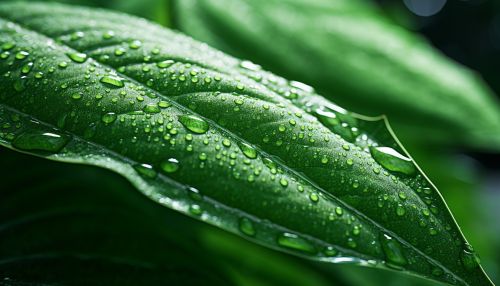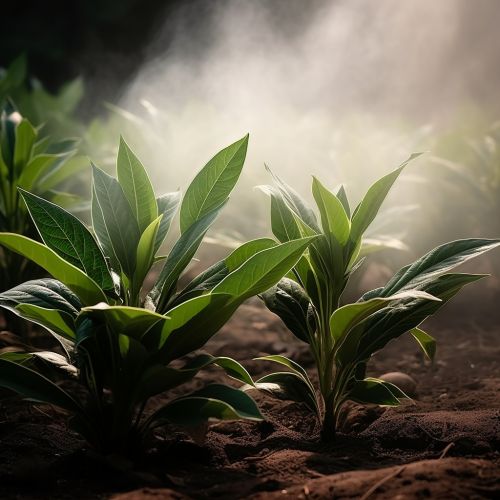Biological Mechanisms of Plant Response to Air Pollution
Introduction
Air pollution is a significant environmental issue affecting the health and survival of living organisms, including plants. The biological mechanisms of plant response to air pollution involve a complex interaction of physiological, biochemical, and genetic processes. These responses can be observed at various levels, from cellular to ecosystem scales.


Physiological Responses
Plants respond to air pollution physiologically in several ways. One of the most immediate responses is stomatal closure, a process regulated by the plant's stomatal guard cells. This response reduces the plant's exposure to harmful pollutants, but it also limits the plant's ability to take in carbon dioxide for photosynthesis.
Another physiological response is the production of stress proteins, also known as heat shock proteins (HSPs). These proteins help the plant cells maintain their structure and function under stress conditions, including exposure to air pollutants.
Biochemical Responses
Biochemical responses to air pollution in plants involve changes in the levels of various metabolites and enzymes. For example, plants exposed to air pollution often show increased production of reactive oxygen species (ROS), which can cause oxidative damage to cells. To counteract this, plants upregulate their antioxidant defenses, including enzymes such as superoxide dismutase (SOD), catalase (CAT), and peroxidase (POD).


Genetic Responses
Genetic responses to air pollution in plants involve changes in gene expression. These changes can be detected using molecular techniques such as microarray analysis and RNA sequencing. Genes that are commonly upregulated in response to air pollution include those involved in antioxidant defense, detoxification, and repair of cellular damage.
Impact on Plant Growth and Development
Air pollution can have significant impacts on plant growth and development. These impacts can range from visible symptoms such as leaf necrosis and chlorosis to reduced growth rates and yield. In severe cases, prolonged exposure to air pollution can lead to plant death.
Air Pollution and Plant Disease Resistance
Air pollution can also affect a plant's resistance to diseases. Studies have shown that plants exposed to air pollution are more susceptible to pathogen attacks. This is because air pollutants can weaken the plant's immune system, making it easier for pathogens to invade.


Air Pollution and Plant-Pollinator Interactions
Air pollution can also affect plant-pollinator interactions. Pollutants can interfere with the scent molecules released by flowers, making it harder for pollinators to locate them. This can lead to reduced pollination rates and lower seed production.
Conclusion
The biological mechanisms of plant response to air pollution are complex and multifaceted. Understanding these mechanisms can help us develop strategies to mitigate the impacts of air pollution on plant health and productivity.


